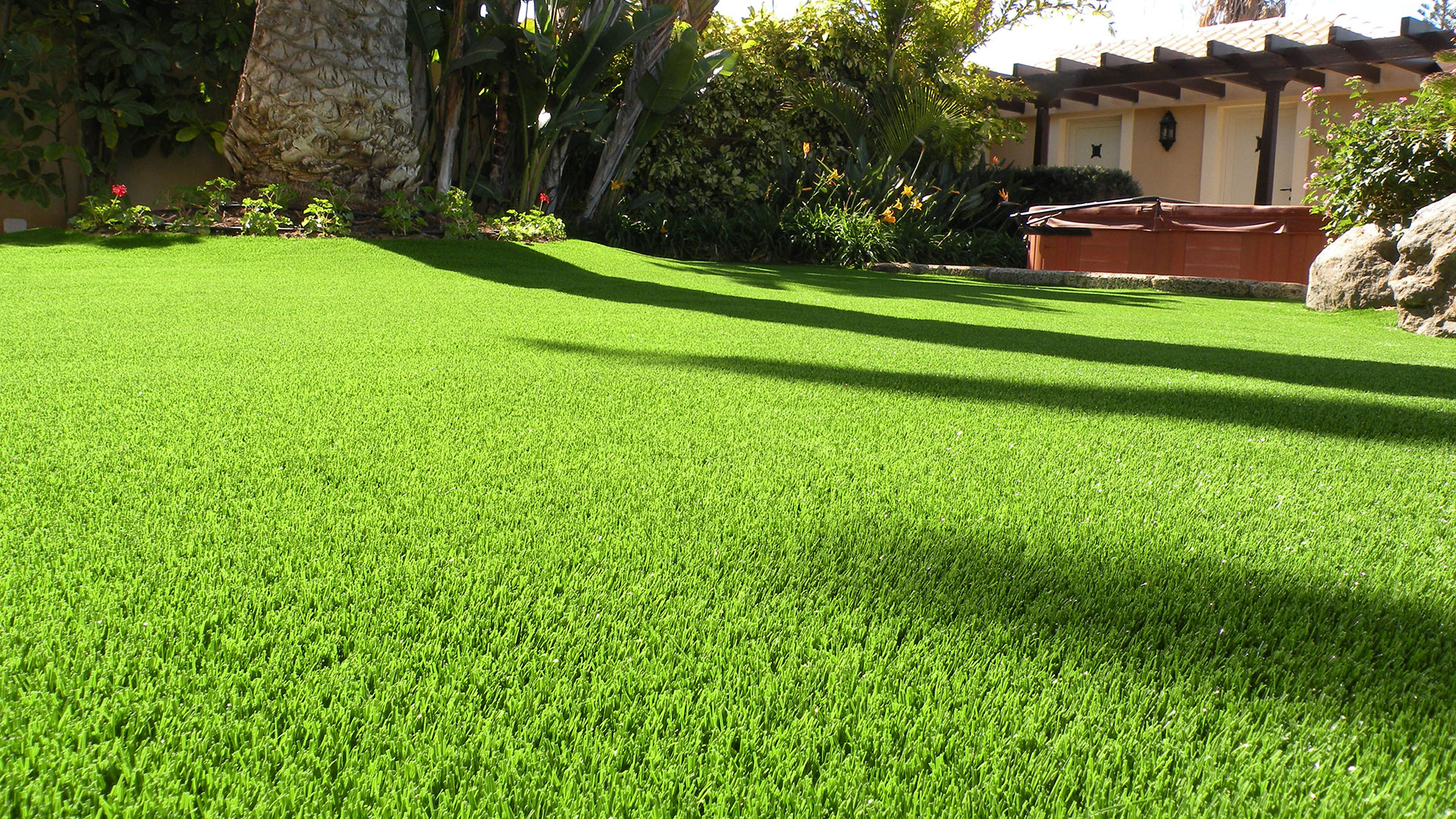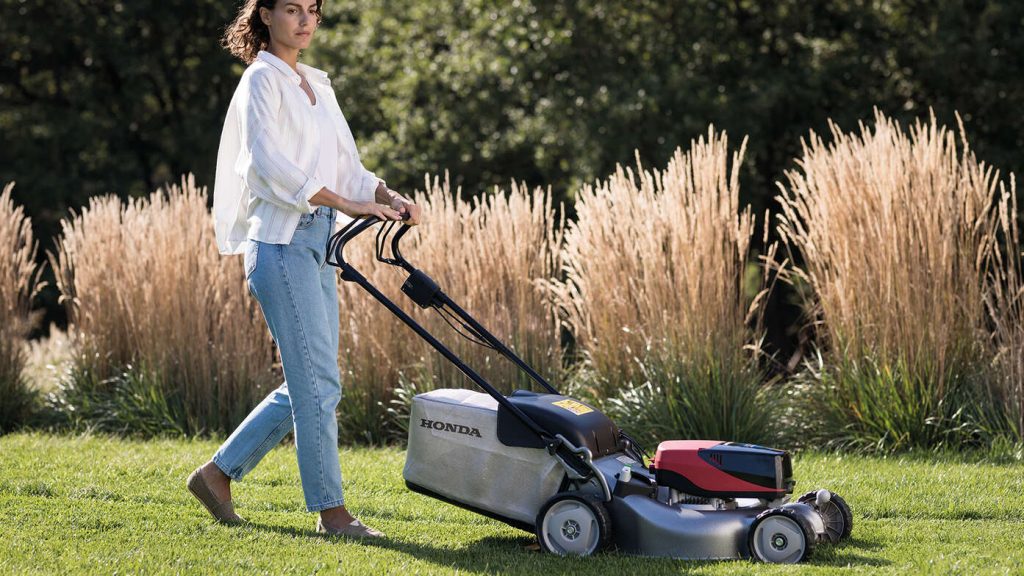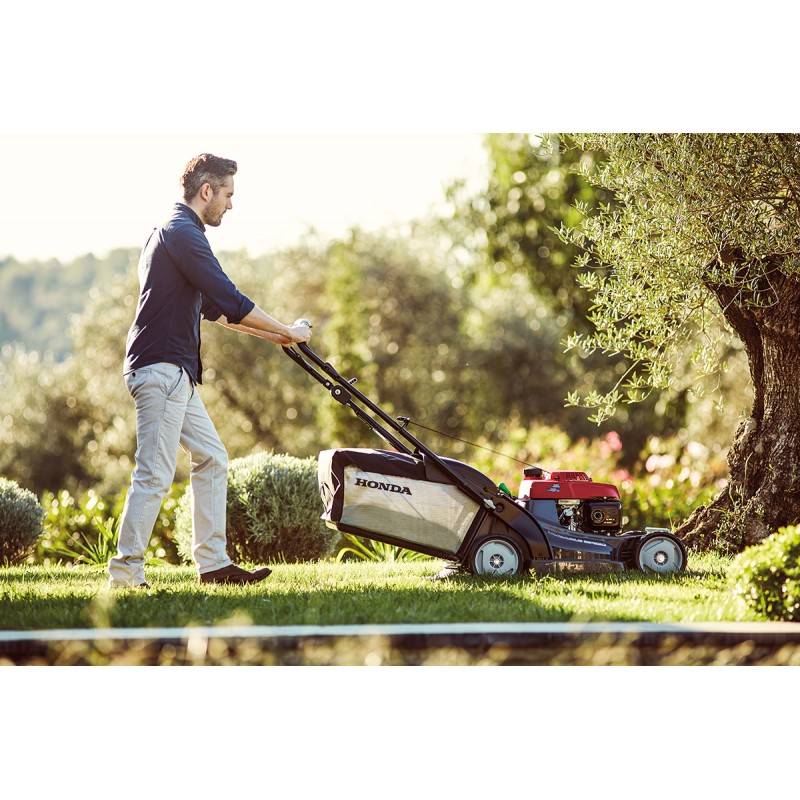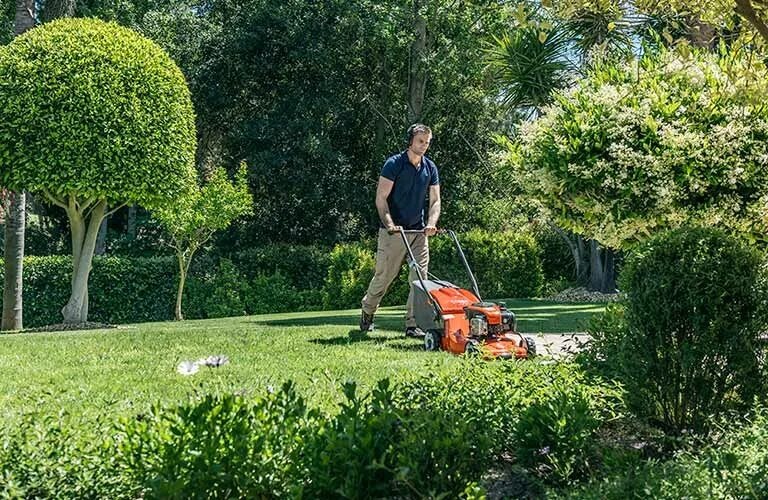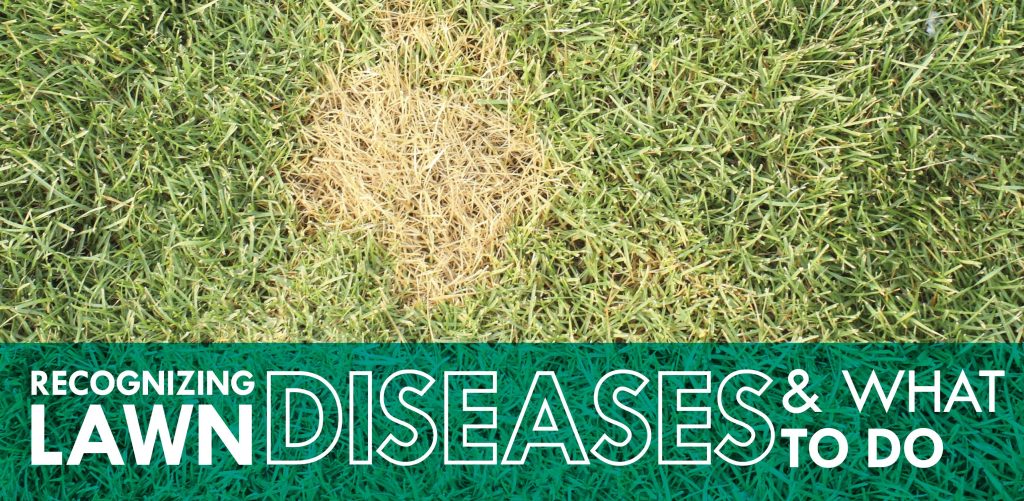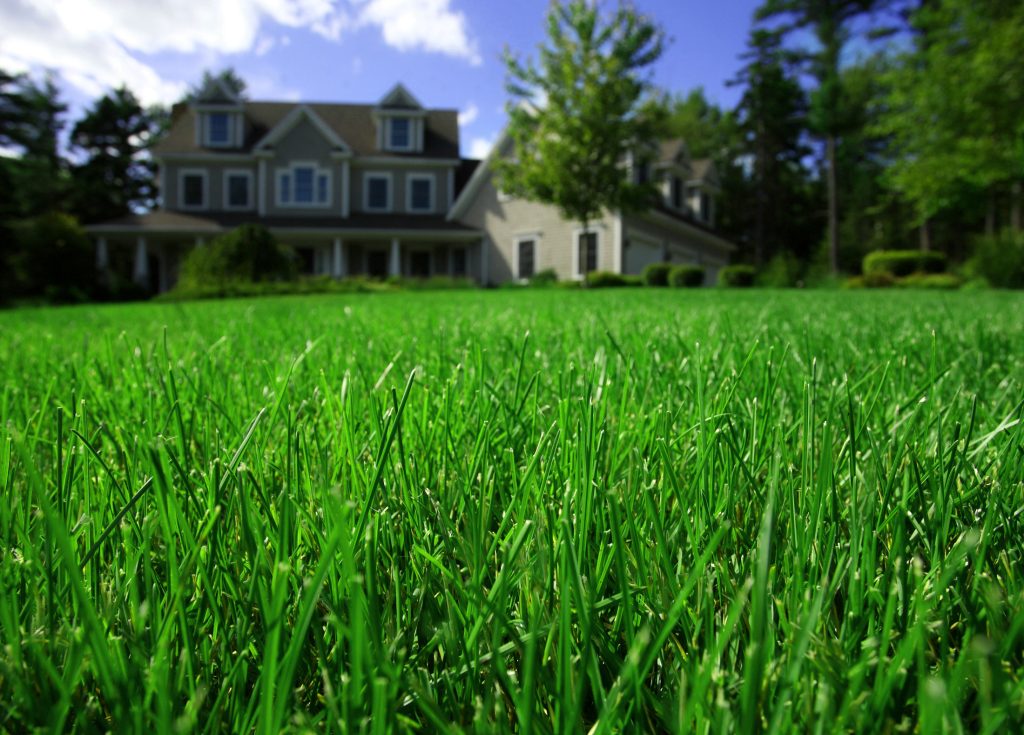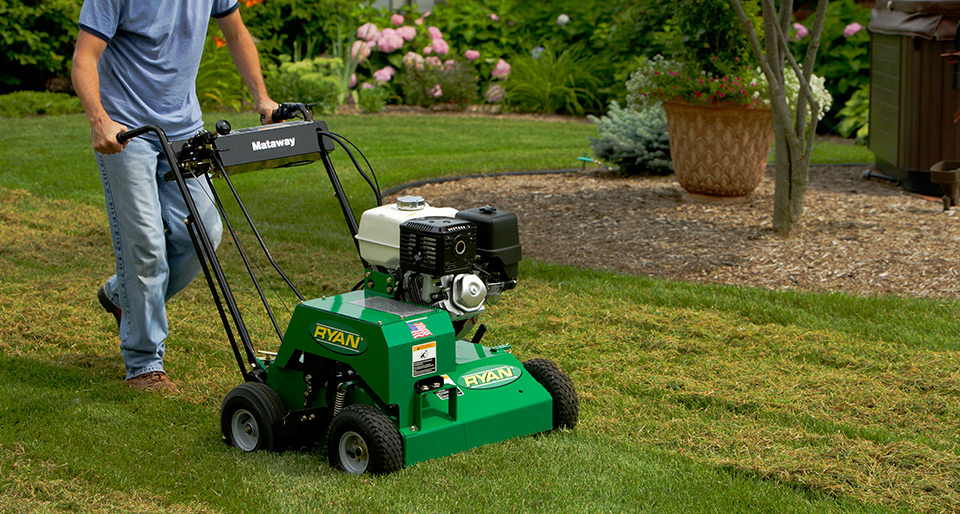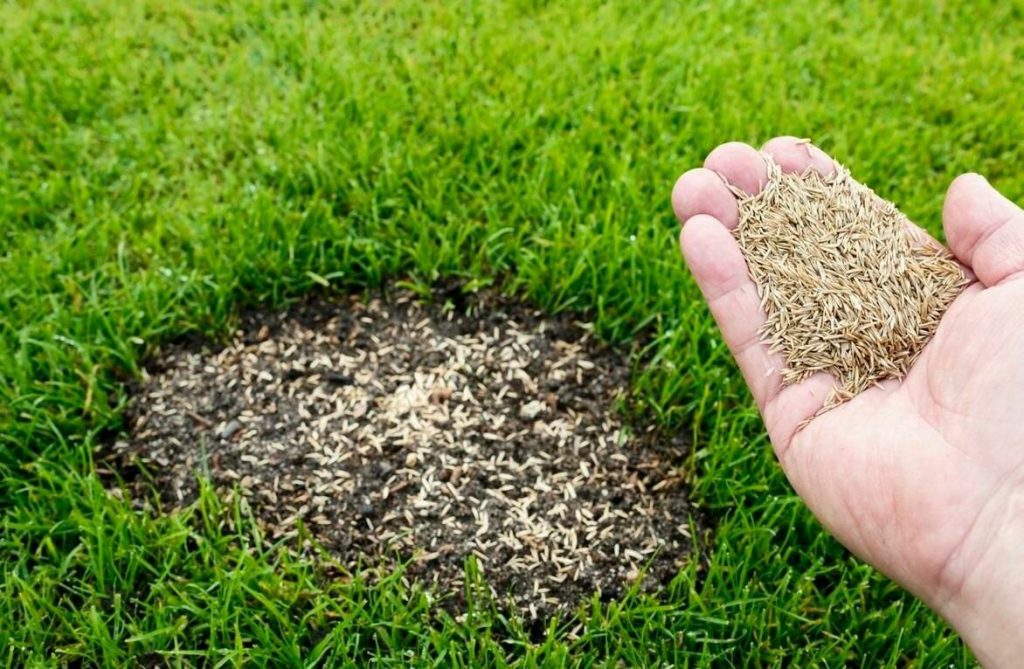Ever looked at your lawn and wondered, “What type of lawn grass do I have?” You’re not alone. Many Indiana homeowners want a lush, green yard but aren’t sure how to care for the grass they already have. The truth is, not all grass types are the same and proper lawn care starts with identifying what’s growing under your feet.
Knowing your grass type helps you make better choices about watering, mowing, fertilizing, and seasonal maintenance. It can even save you money by avoiding generic treatments that don’t match your lawn’s specific needs. Plus, different grasses behave differently throughout the seasons, so recognizing those shifts can help you plan smarter.
Common Lawn Grass Types in Indiana
Indiana falls in a “transition zone,” meaning it supports both cool-season and warm-season grasses. However, cool-season grasses are more common and perform better year-round.
Kentucky Bluegrass
This is one of the most popular grass types in Indiana. Kentucky bluegrass is known for its rich green color, soft texture, and excellent ability to recover from damage. It grows best in full sun but can tolerate some shade. Bluegrass spreads by underground rhizomes, which helps it fill in thin areas over time.
Quick ID Clues:
- V-shaped blade with a slightly boat-shaped tip
- Fine to medium texture
- Dense, lush growth in cooler temperatures (spring and fall)
Tall Fescue and Fine Fescue
Fescues are valued for their heat tolerance and shade resistance. Tall fescue is coarser, while fine fescue varieties are softer and narrower.
Quick ID Clues:
- Tall fescue: broader, coarser blades
- Fine fescue: thin, needle-like leaves
- Clump-forming growth (doesn’t spread like bluegrass)
Perennial Ryegrass
Often used in seed blends, perennial ryegrass germinates quickly and is commonly mixed with bluegrass and fescue. It provides quick green-up and is great for overseeding.
Quick ID Clues:
- Shiny underside of the blade
- Very fine texture
- Upright, fast-growing
Ways to Identify Your Lawn Grass
Wondering what type of lawn grass do I have just by looking at it? Here are a few simple DIY methods to narrow it down:
1. Blade Shape and Texture
Take a close look at individual grass blades. Are they fine or coarse? Boat-shaped or pointed? These details can give strong hints about the grass species.
2. Growth Pattern
Kentucky bluegrass spreads by underground rhizomes. Fescues and ryegrasses grow in clumps. If your lawn thickens over time without seeding, it may be bluegrass.
3. Color and Shine
Check for blade color and any noticeable shine. Ryegrass, for example, has a glossy underside, while bluegrass has a duller finish.
4. Online Grass ID Tools
Snap a photo and use online databases or lawn care apps. Many tools let you upload pictures and will match grass types based on region and appearance.
5. Ask a Pro
Still unsure? Lawn care professionals like C&L Lawn Care can help identify your grass on-site and recommend the best care plan.
Matching Lawn Care to Your Grass Type
Once you’ve figured out what type of lawn grass you have, lawn care gets a whole lot easier and more effective.
Fertilizing Tips
- Bluegrass: Likes light, frequent feeding.
- Fescues: Need less nitrogen; slow-release fertilizers are best.
- Ryegrass: Quick response to feeding but needs more frequent applications.
Watering Needs
- Bluegrass: Requires 1–1.5 inches of water per week.
- Fescues: More drought-tolerant; water deeply but less often.
- Ryegrass: Needs consistent moisture during dry spells.
Mowing Guidelines
- Bluegrass and ryegrass should be mowed to about 2.5–3 inches.
- Fescues can handle slightly taller mowing heights 3 to 4 inches is ideal.
Seasonal Adjustments
- In summer, fescues and ryegrass can brown under heat stress; don’t panic they often bounce back in fall.
- Bluegrass may go dormant in drought but will green up again with water and cooler weather.
Not sure what grass you have?
C&L Lawn Care offers lawn evaluations to help you identify your grass and create a customized care plan tailored to your property.
Frequently Asked Questions
Can I mix different grass types in my yard?
Yes. In fact, many commercial seed blends combine bluegrass, fescue, and ryegrass for a more resilient lawn. Each type complements the others in terms of texture, drought tolerance, and recovery.
Does my grass type affect fertilizing needs?
Absolutely. Each species responds differently to nitrogen, moisture, and seasonal changes. Over-fertilizing the wrong type can lead to disease or weak roots.

